
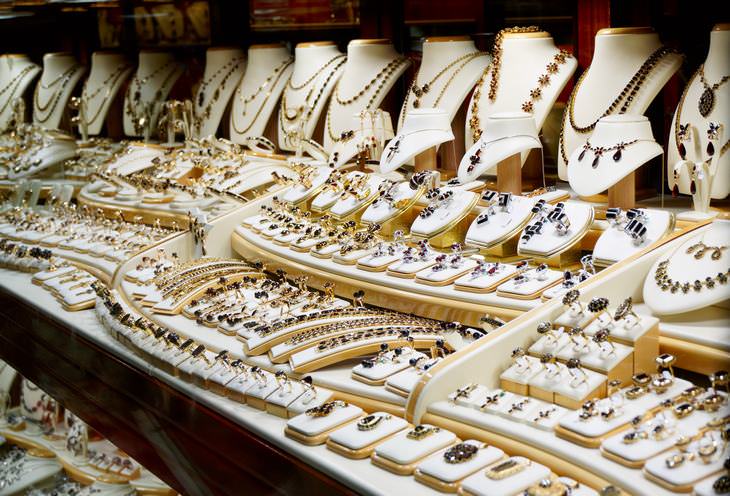
1. Know the hallmark
One of the easiest ways to identify whether a metal is real or fake is to identify the hallmark. You can find a list of hallmarks that different metals have online, and compare this information with the information on your jewelry item. The numbers should be accurate and easy to read. If not, you're better off not buying such an item. To understand the amount of precious metal according to the hallmark, simply place a comma after the second digit in your mind. The number that you get will show the percentage of precious metal. For instance, consider the hallmark 925. This means that there is 92.5% of pure metal.
Gold hallmarks: 375, 500, 583, 585, 750, 916, 958, 999
Silver hallmarks: 800, 830, 875, 925, 960, 999
Platinum hallmarks: 850, 900, 950, 999
2. Does it magnetize?
Covering steel or other alloys have a high content of iron which is established through gilding, or the imitation of gilding - a widespread procedure when producing jewelry. If a genuine item has a high content of precious metal, it shouldn't magnetize. For this reason, taking a magnet with you if you are going to a jewelry store can be a good idea.
3. Are there any damages?
Metals like silver and platinum look very similar and that's why it is so easy to replace the expensive metal with a cheap one. A fake made of silver will give itself away with a black shade and flexibility. Platinum doesn't have these properties. Meanwhile, gold leaves golden traces on unburned and unglazed ceramic tiles or porcelain, while the traces from fakes will be gray or black. If checking a jewelry item using this method, do so on some unnoticeable place, such as a buckle.
Applying compositions
1. Using chalk

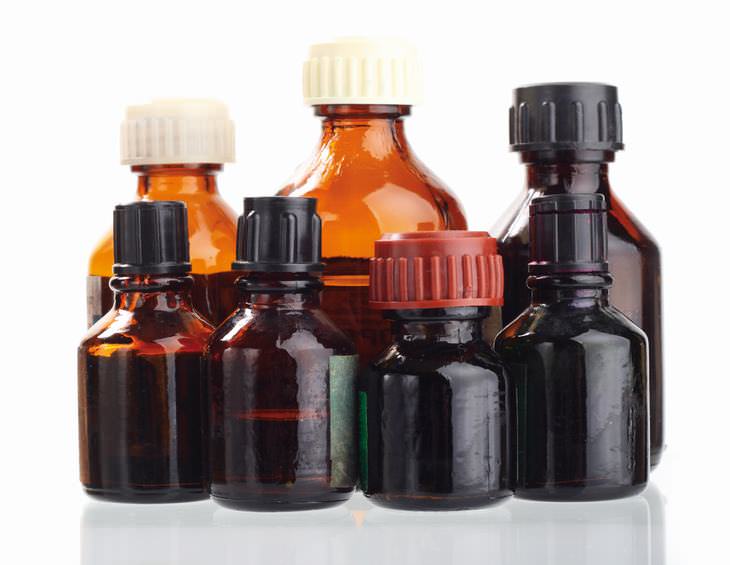
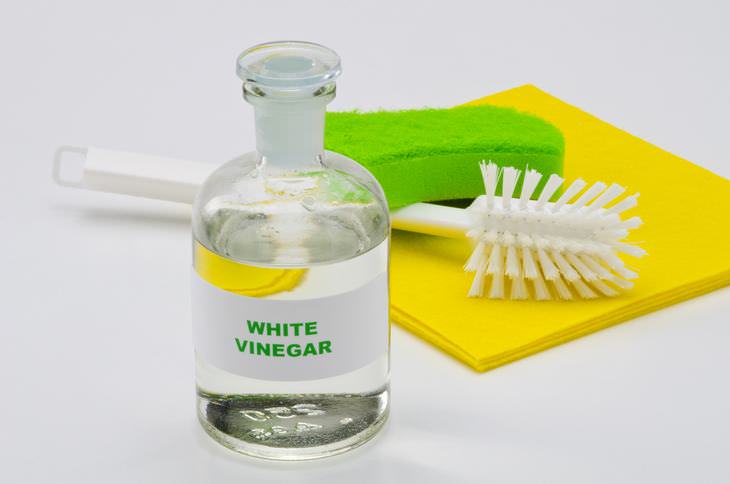
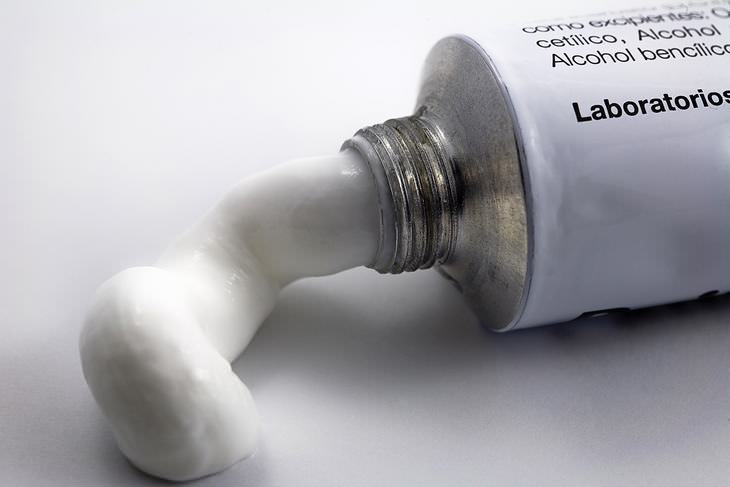

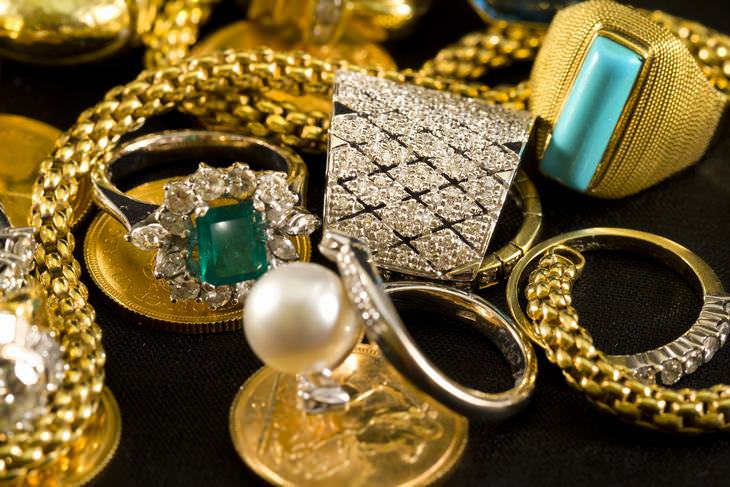
1. Diamond
A natural gem won't fog up when you breathe on it because it has a high thermal conductivity.
2. Emerald
In order to determine the authenticity of an emerald, examine the structure of the gem under a magnifying glass. A genuine emerald doesn't have tubular or spiral patterns inside. And a real emerald conducts warmth badly. So it always feels cold to touch.
3. Pearl
Genuine pearls are expensive which is why you shouldn't expect an item that doesn't cost much to be genuine. To determine the authenticity of a pearl, it will be enough to check it with your teeth. If you try to bite a pearl you will feel it creak like sand. Artificial pearls don't have such properties.
4. Amber
Place a piece of amber into a glass with saltwater, 3tsp of salt will be enough. An item made of glass or plastic, or made of epoxy resin will sink instantly. If it is genuine, it will float because the density is less than that of the saltwater. You can also try rubbing amber with a woolen fabric, which will give you an electric shock and it will attract small threads and dust to itself.